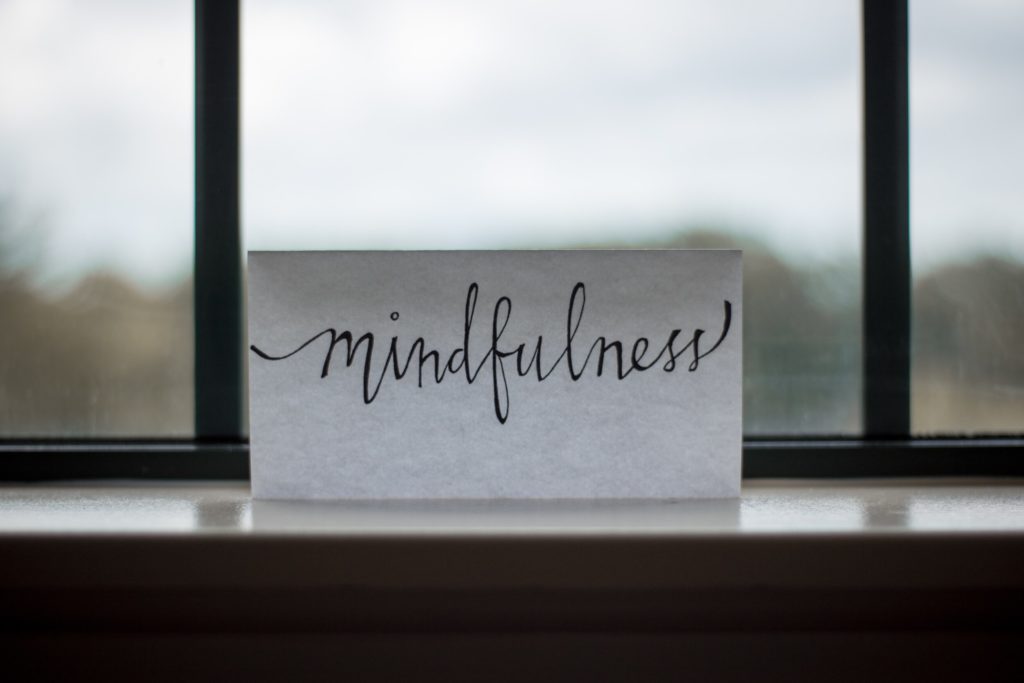How to be response-able versus reactive (11 minute Embodiment practice guided meditation)


Welcome to day 2 of our guided meditations for optimizing mental and physical health.
I’m Marin McCue, founder of dope(a)me mind-body-life coaching. I teach, inspire and lead by example in how to slow down (to speed up). When we slow down thoughts, movements, brain waves and breath, we get access to re-training self-talk patterns and discover the innate healer within. Optimize your mental and physical health so you can be FIT for your unique contribution in this world!
Today we’re focused on how we feel and react.
“A response is a conscious choice to contain and constructively internalize the surfacing energy with the intent of using it to integrate unconsciousness. The theme of responsive behavior is responsibility. We respond by unconditionally feeling the emotional state unfolding within us without outwardly projecting it onto others.”
Michael Brown
There is reactive momentum and responsive momentum.
Reactive momentum is like a tornado. Reactivity is momentum driven by unconscious impulses from un-integrated emotions.
Responsive momentum is the result of spaciousness, of taking charge of one’s own inner environment. It involves pausing to assess and discern how to act and think rather than simply go with the first wave of sensation.
Reaction is like being in the passenger seat of your own vehicle. Responding is the act of getting into the driver’s seat and doing the work to learn how to navigate in real time.
To be response-able is to recognize we are able to respond deliberately regardless of the initial impulsive reaction that we feel. It is not just about feeling good or chasing what feels good, or demonizing what doesn’t feel good. Rather to feel what is unfolding within us right now through the medium of felt perception.
In other words, we are not aiming simply to feel better. Instead, focus on getting better at feeling. To be in charge we must be willing to notice, feel, be with and then release the charge.
In reaction we are playing out the same old and tired mental tape. It is an attachment to the past and it is missing a whole lot of relevant information from the present moment. It is rigid, stagnant, and feeds a cyclical pattern of dis-ease and dis-harmony. Responsive momentum on the other hand shows emotional intelligence and gives us access to immense power for change, healing and regenerating.
The question becomes how do we get better at feeling? What are the things that can help us recognize our reactive tendencies and consciously shift toward responsive momentum?
Today’s embodiment meditation (11 minutes)
Today’s guided mediation is an embodiment practice which uses the unique sensations of our body as a tool to help develop a deeper sense of awareness, the ability to stay present and self-regulate. It also helps us to feel whole and to know, love and feel connected with ourselves, to find balance, and to empower us.
Start by sitting with a neutral spine (cross-legged or other comfortable positioning of your legs). You may prefer to lay in Savasana (or Corpse Pose) to help with calmness, relaxation and rest.
Place your hands on your side ribs. Breathe in and support the expansion of your belly, sides, back, ribs and chest. Your exhale is a full surrender and let go.
Once you are in a comfortable position for the next 11 minutes, click on the link to my meditation below for the embodiment practice.
For more resources or support, please reach out to me at marinmccue@gmail.com, or check out my website and upcoming program offerings at www.dopeame.com.
This work can be much more efficient when done in group and with the support of a facilitator. Don’t hesitate to reach out.
Related posts can be found here.
Sleep is so important but the optimal amount is different for each family member.
It depends on age and other factors.
Find out the healthy sleep ranges by age, for you and your growing family.
Starting with babies (newborn to one year),
toddlers, preschoolers, school aged
children, teens and adults.
Guide to optimal family sleep (daytime naps & at night)
FREE download
Be the first to know about special
offers and resources
for our community only.
Don't miss out!
Become a Calm Parent Insider
FREE gifts & resources
CALMMOTHER LIMITED © 2023 | ALL RIGHTS RESERVED
terms | privacy | contact
Simplifying life for parents so you can focus on what matters most to you.
Live your best life with kids!
+ Show / Hide Comments
Share to: